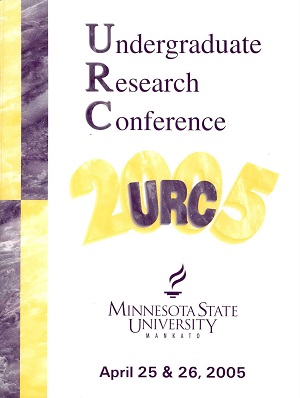Educating Aviators in Visualizing Weather
Location
CSU 202
Start Date
25-4-2005 1:15 PM
End Date
25-4-2005 3:00 PM
Student's Major
Geography
Student's College
Social and Behavioral Sciences
Mentor's Name
Cecil S. Keen
Mentor's Department
Geography
Mentor's College
Social and Behavioral Sciences
Description
Aviation weather courses traditionally cover a syllabus for the essentials of the FAA weather exam. Learning objectives are tailored to questions likely to appear on those tests and aviation students emerge with a rather 2-dimensional view of weather phenomena and a string of answers learned in parrot fashion. Authentic education implies preparing pilots for real-world experiences. By incorporating some visualization techniques into the aviator's learning modules would greatly expand their understanding of the dynamic nature of weather phenomena and thereby enhance the safety aspects in a pilots professional experiences. This paper focuses on two of the more difficult issues of weather to teach and to visualize — pressure surfaces and wind shears.
Educating Aviators in Visualizing Weather
CSU 202
Aviation weather courses traditionally cover a syllabus for the essentials of the FAA weather exam. Learning objectives are tailored to questions likely to appear on those tests and aviation students emerge with a rather 2-dimensional view of weather phenomena and a string of answers learned in parrot fashion. Authentic education implies preparing pilots for real-world experiences. By incorporating some visualization techniques into the aviator's learning modules would greatly expand their understanding of the dynamic nature of weather phenomena and thereby enhance the safety aspects in a pilots professional experiences. This paper focuses on two of the more difficult issues of weather to teach and to visualize — pressure surfaces and wind shears.
Recommended Citation
Winter, Scott R.. "Educating Aviators in Visualizing Weather." Undergraduate Research Symposium, Mankato, MN, April 25, 2005.
https://cornerstone.lib.mnsu.edu/urs/2005/oral-session-G/7



